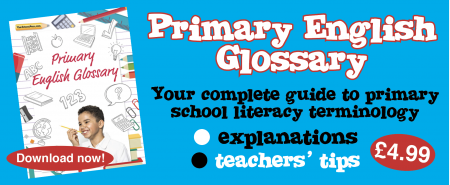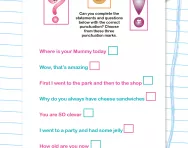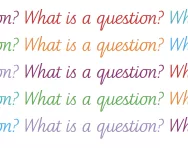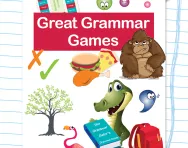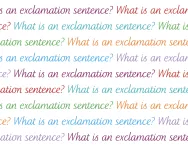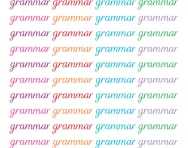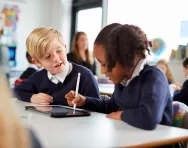Important update from TheSchoolRun
For the past 13 years, TheSchoolRun has been run by a small team of mums working from home, dedicated to providing quality educational resources to primary school parents. Unfortunately, rising supplier costs and falling revenue have made it impossible for us to continue operating, and we’ve had to make the difficult decision to close. The good news: We’ve arranged for another educational provider to take over many of our resources. These will be hosted on a new portal, where the content will be updated and expanded to support your child’s learning.
What this means for subscribers:
- Your subscription is still active, and for now, you can keep using the website as normal — just log in with your usual details to access all our articles and resources*.
- In a few months, all resources will move to the new portal. You’ll continue to have access there until your subscription ends. We’ll send you full details nearer the time.
- As a thank you for your support, we’ll also be sending you 16 primary school eBooks (worth £108.84) to download and keep.
A few changes to be aware of:
- The Learning Journey weekly email has ended, but your child’s plan will still be updated on your dashboard each Monday. Just log in to see the recommended worksheets.
- The 11+ weekly emails have now ended. We sent you all the remaining emails in the series at the end of March — please check your inbox (and spam folder) if you haven’t seen them. You can also follow the full programme here: 11+ Learning Journey.
If you have any questions, please contact us at [email protected]. Thank you for being part of our journey it’s been a privilege to support your family’s learning.
*If you need to reset your password, it will still work as usual. Please check your spam folder if the reset email doesn’t appear in your inbox.
What is a statement?
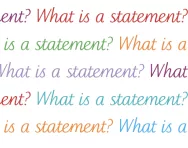
What is a statement?
A statement is the most common type of sentence. There are three other sentence types: questions, exclamations and commands.
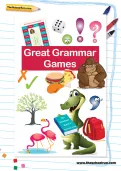
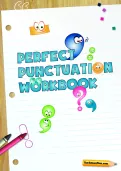
Download Fantastic FREE Grammar Resources!
- Perfect Punctuation Workbook
- Grammar Games Pack
- PLUS 100s of other grammar resources
Statements are sentences that express a fact, idea or opinion. Statements do not ask questions, make requests or give commands. They are also not exclamations.
Statement sentences can be simple, compound or complex sentences; a sentence always consists of at least one clause containing a subject and a verb and nearly always ends in a full stop.

The first sentence above (Goldilocks ate the porridge) is a simple sentence; the second (Goldilocks ate the porridge; the bears found her in their house.) is a compound sentence.
How are statements taught in the primary classroom?
In Reception and Year 1, children will be encouraged to describe an object or a picture verbally before attempting to write what they see. For example, if their class text is The Gruffalo, they will begin to compose and then write basic sentences describing the Gruffalo’s appearance. For example:

In Year 1 and 2, children will experiment with different ways of starting their statement sentences, and adding more detail, but still expressing a fact, opinion or an idea. For example:

In Key Stage 1, children will also be introduced to compound sentences, which use coordinating conjunctions to link parts of a sentence. Again, these can be made up of "yelling" (exclamation) and "asking" (question) sentence types as well as statements. As children progress through each year groupand are exposed to different elements of English grammar, they will begin to use differing sentence types in their writing.
When are statements taught in primary school?
Statements are officially taught in Year 1, at the same time as children are taught the difference between ‘yelling, telling and asking’ sentences. However, many EYFS teachers introduce simple statement sentences when a child is in Reception. As statement sentences form the basis of most written language, they are reinforced in all subsequent year groups.
In Key Stage 1 SATs children might be asked to punctuate sentences correctly to demonstrate that they understand the difference between statements, questions, exclamations and commands (see example below).


In the Year 6 SATs Spelling, Punctuation and Grammar paper they might be asked to demonstrate the same skill, as in the example question above.
